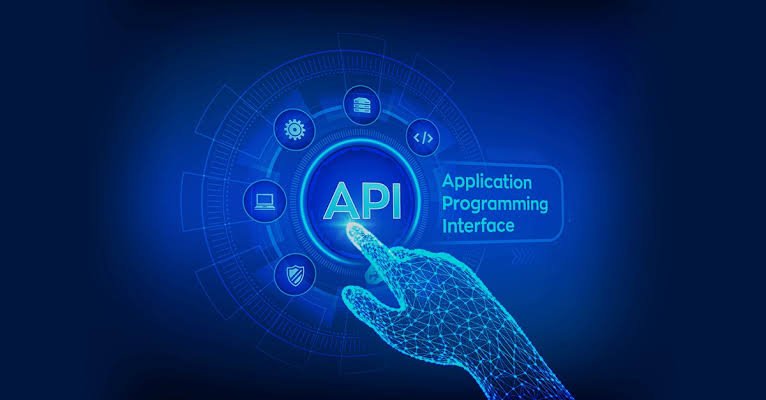APIs (Application Programming Interfaces) are the backbone of modern software development, enabling seamless communication between different applications and systems. To keep up with the ever-increasing demand for rapid and efficient development cycles, leveraging API design tools has become essential. These tools streamline the API design process, ensuring consistency, quality, and speed. In this article, we’ll explore how API design tools can significantly speed up development while enhancing the overall quality of your APIs.
Understanding the Role of API Design Tools
API design tools are specialized software applications that assist developers in creating, documenting, testing, and managing API specifications. They provide a structured and user-friendly environment for designing APIs, ensuring that all necessary components are included and adhere to industry standards. By automating various aspects of the API design process, these tools help developers save time, reduce errors, and maintain consistency across their projects.
Key Benefits of Using API Design Tools
Streamlined Design Process
API design tools simplify the process of creating APIs by offering intuitive interfaces and pre-built templates. Developers can quickly define endpoints, request and response formats, and authentication methods without manually writing extensive code. This streamlined approach reduces the time spent on repetitive tasks, allowing developers to focus on the core functionality of their APIs.
Enhanced Collaboration
Modern API design tools facilitate collaboration by providing a centralized platform where developers, designers, and stakeholders can work together. These tools often include features like real-time editing, comments, and version control, making it easy for teams to collaborate effectively. This collaborative environment ensures that everyone is on the same page, leading to better-designed APIs and faster development cycles.
Consistency and Standardization
API design tools enforce consistency and standardization by providing guidelines and best practices for API development. They ensure that all APIs follow a uniform structure, use consistent naming conventions, and adhere to industry standards such as REST or GraphQL. This consistency not only improves the quality of the APIs but also makes them easier to understand and maintain.
Automated Documentation
Documentation is a crucial aspect of API development, as it helps developers understand how to use the API and troubleshoot any issues. API design tools automate the documentation process by generating comprehensive and up-to-date documentation based on the API specifications. This eliminates the need for manual documentation, saving time and reducing the risk of errors or omissions.
Improved Testing and Validation
API design tools often include built-in testing and validation features, allowing developers to test their APIs during the design phase. These tools can automatically generate test cases, validate request and response formats, and ensure that the API behaves as expected. By identifying and fixing issues early in the development process, developers can avoid costly and time-consuming debugging later on.
Faster Iterations and Updates
With API design tools, making changes and updates to APIs becomes a seamless process. Developers can easily modify the API specifications, update the documentation, and run tests to ensure that the changes are implemented correctly. This agility allows for faster iterations and quicker adaptation to changing requirements, ultimately speeding up the development cycle.
Best Practices to speed up API Development
Adopt an API-First Approach
An API-first approach involves designing the API before implementing any code. This ensures that the API meets the needs of its consumers and is well-structured from the outset. By focusing on the API design first, developers can identify potential issues early and make necessary adjustments before writing any code.
Utilize Mock Servers
Mock servers simulate the behavior of an actual API, allowing developers to test and validate their API designs without needing a fully functional backend. By using mock servers, developers can quickly iterate on their designs, test different scenarios, and gather feedback from stakeholders. This accelerates the development process and ensures that the final API meets the required specifications.
Leverage Automated Testing
Automated testing tools can significantly speed up the testing process by running test cases automatically and providing instant feedback. By integrating automated testing into the API design process, developers can catch issues early and ensure that their APIs are robust and reliable. Automated testing also reduces the time and effort required for manual testing, allowing developers to focus on other critical tasks.
Implement Continuous Integration and Continuous Deployment (CI/CD)
CI/CD pipelines automate the process of building, testing, and deploying APIs, enabling faster and more reliable releases. By integrating API design tools with CI/CD pipelines, developers can ensure that their APIs are continuously tested and validated throughout the development cycle. This reduces the risk of introducing bugs or breaking changes and allows for quicker iterations and updates.
Prioritize Security
Security is a critical aspect of API development, and it should be prioritized from the design phase. API design tools often include features for defining authentication and authorization mechanisms, enforcing security policies, and validating inputs. By incorporating security best practices into the API design process, developers can mitigate potential vulnerabilities and ensure that their APIs are secure.
Maintain Comprehensive Documentation
High-quality documentation is essential for helping developers understand and use the API effectively. API design tools can automate the documentation process, generating detailed and up-to-date documentation based on the API specifications. This documentation should include information about endpoints, request and response formats, authentication methods, and error handling. Providing comprehensive documentation ensures that developers can quickly get up to speed and integrate the API into their applications.
Conclusion
Leveraging API design tools is essential for accelerating the API development process. These tools streamline the design process, enhance collaboration, enforce consistency, and automate documentation and testing. By adopting best practices and utilizing powerful API design tools, developers can create high-quality APIs that meet industry standards and exceed user expectations. Whether you’re a seasoned developer or just starting with API development, incorporating API design tools into your workflow can significantly speed up development and ensure the success of your projects.

